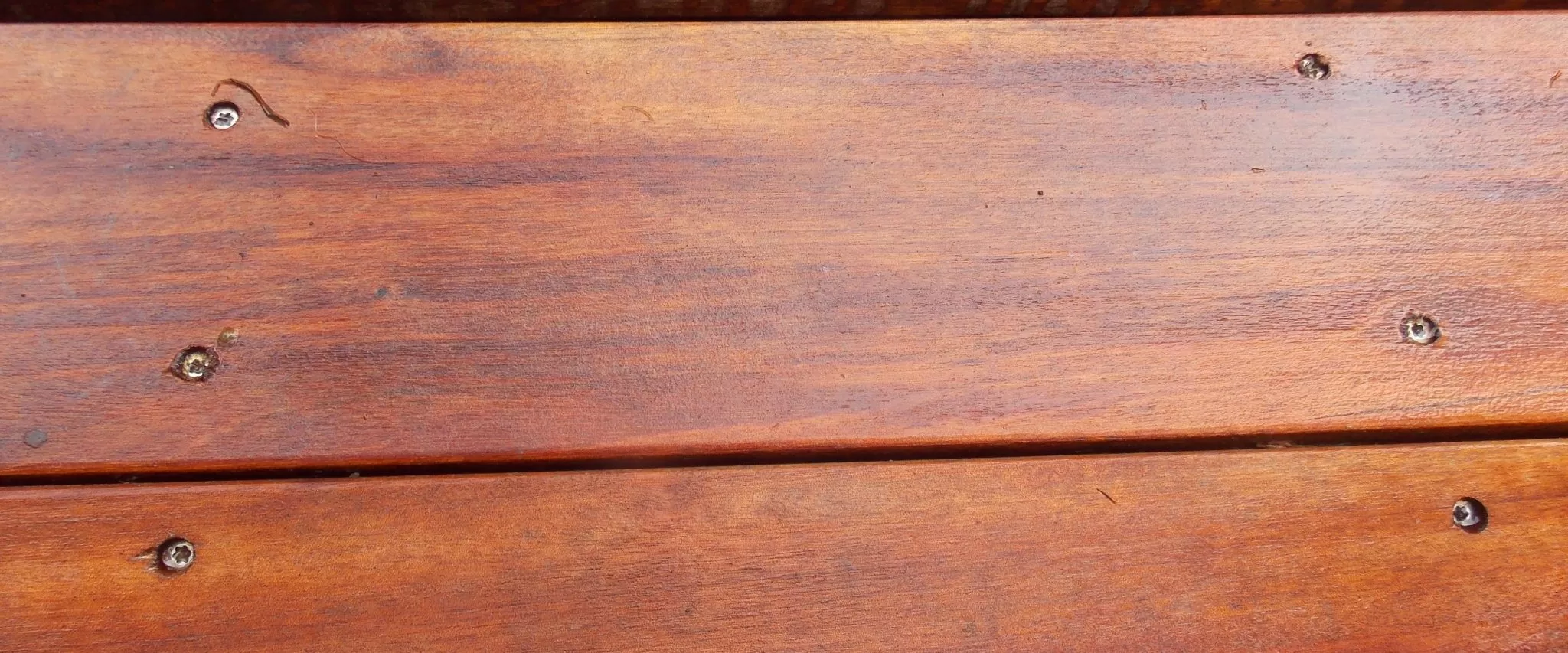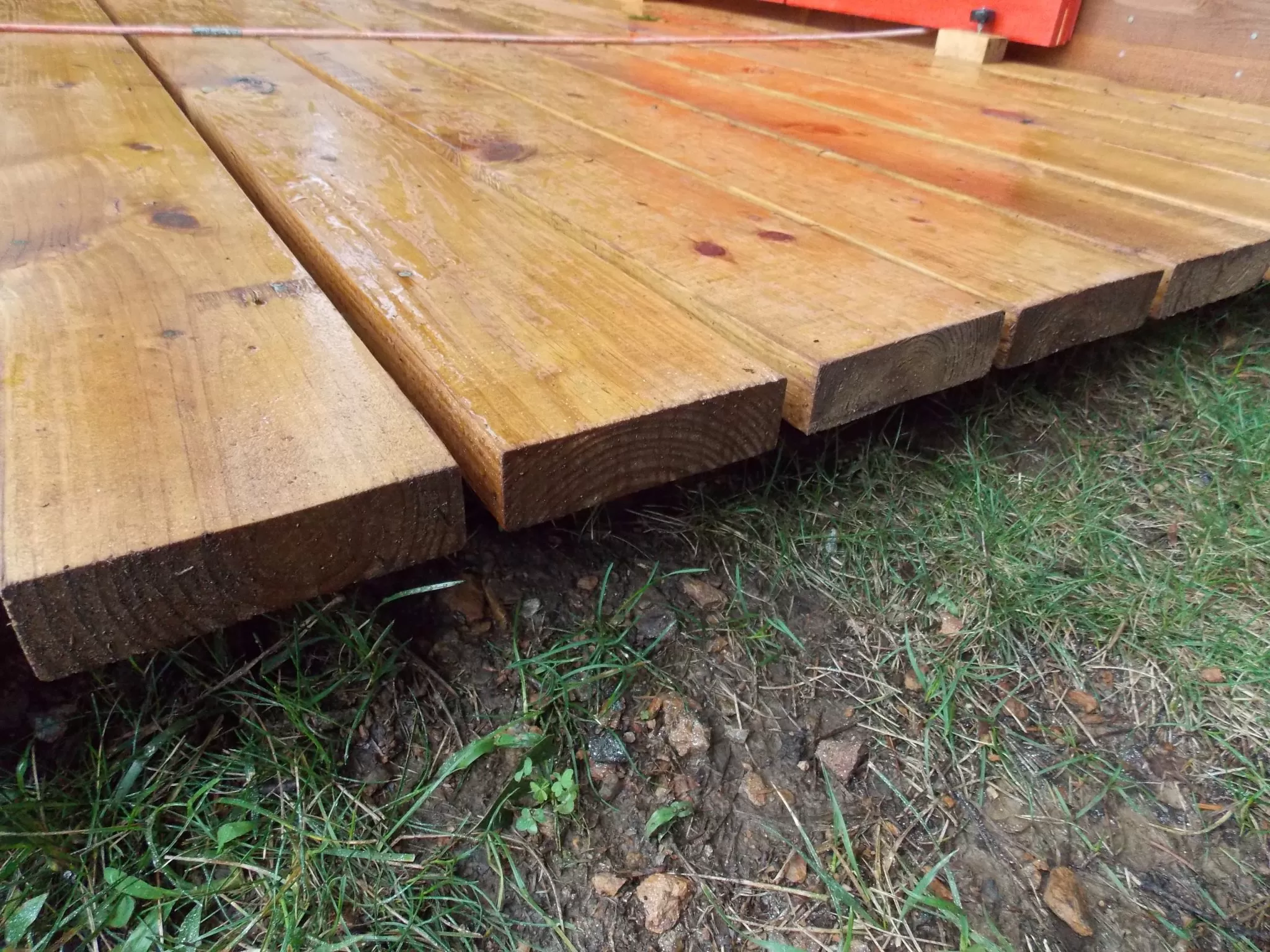Deck Decisions Revisited
Several months ago I wrote a column on the various types of decking boards and my opinion of a few of them. This past week I built a 6′ x 8′ deck in front of our new garden shed, which led to me power-washing it, then to power-washing two of our other decks, which led me to again feel the desire to express my opinions on decking materials.
My first negative experience came years ago when I let the crew at a major home improvement store pick out and deliver to me a large number of 5/4″ x 6″ pressure-treated pine decking boards. (Note: Never buy regular 1″ x 6″ boards as they are actually only 3/4″ thick.) They dumped them on the driveway, cracking a few, and drove away. Those few that were not already warped quickly twisted in the sun.
Lesson: Pick out your own boards. And buy the better grade of pressure-treated wood.

My second negative experience came when I assumed the new synthetic decking boards (above) would be better than wood. I bought a national brand with a molded grain pattern and it looked great — until fall came. Wet oak leaves left stains so deep that I had to use a pressure washer to remove them — which also removed the pressed grain pattern. A year later some of the boards began to twist and split, and a year after that I got so disgusted I tore them off and started fresh.

My third experience was positive, as I opted for one of the imported, dense decking boards milled from trees which are planted and harvested as a crop in South America. They cost more than pressure-treated pine, but not any more than the best synthetic boards. I had to pre-drill each hole, attach them with stainless steel screws, and apply a finish afterwards, so it was labor intensive. But, when the leaf stains, bird droppings, spilt wine, and crud accumulates (top picture), I just grab the pressure washer, clean it off, and apply another coat of deck finish. (Note: If you have a deck, you need an electric pressure washer.)

Last week, when it came time to build a deck in front of our new garden shed, I chose yet another option: high-quality, pressure-treated pine 2″ x 6″ boards (shown above, in the rain). Naturally, I picked out each board myself, leaving the cracked and twisted ones behind. The 2″ x 6″ boards cost more than any brand or species of 5/4″ board, but they will last longer and will be less apt to cup or twist. As a further precaution, after they dried I sealed each one with a pigmented deck finish.
Last Lesson: Buy the best wood you can afford, seal it, clean it periodically, and re-seal it.
– Bruce Johnson
